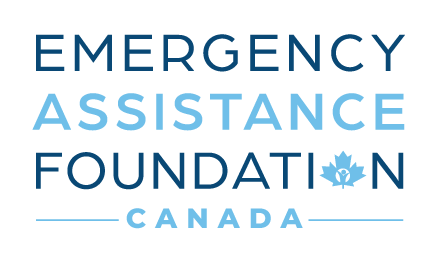
Employee Donations for Emergency Financial Help Funds Mean Stronger Employer Connections
June 12, 2013
Employers Should Prepare an Employee Emergency Fund to Help Employees Facing Hardship in Advance of Hurricane Season
September 10, 2013In the universe of Employee Relief Funds, the most frequently asked questions are always focused on taxes. “Can I donate and get a tax deduction?” “If I get a grant to help me through a crisis, do I also have a tax burden?” The emphasis becomes how a relief fund can both help the employees and get favorable tax treatment.
Most employer sponsored relief fund programs believe they have addressed these issues and therefore provide for tax-deductible donations and tax-free grants. However, a handful of companies and almost all universities tell their donors that their donations are NOT tax deductible and / or their grants are NOT tax free. Why is this?
A tornado destroys homes, a flood ravages a town, a family member dies, or an unforeseen sickness causes unusual medical expenses. Employees who face crises like these can receive quick assistance from their employer’s Employee Hardship and Disaster Relief Fund, which typically has the majority of its money donated by the employees themselves.
The success of any Employee Hardship and Disaster Relief Program is dependent upon three significant success factors: leadership, employee donations and how the program is structured and operated.
The first success factor is the commitment of the organization’s leadership. Historically, programs have floundered or not reached a reasonable level of success because the program was not championed by the leadership of the organization or was not championed beyond the initial program launch.
Second, is the extent to which the employees become donors. Here, the most important measurement is the percentage of the employees who become donors. This is even more important than the actual dollars donated by each employee since the percentage of those that give is highly correlated to the effectiveness of the employee communication about the program. Significantly, a highly effective communications effort usually leads to an increase in donations through the life of the program.
The most successful programs are where employees provide most of the program’s funding, while the company provides some funding and substantial administrative support. If a program is properly designed and operated, then the donated funds are tax-deductible and grants are tax-free. Unfortunately, a number of programs are not organized in a way to take advantage of this. The changes to a new or existing program are simple but require the use of a third-party public non-profit corporation.
The third success factor is how the program is structured and operated. While success factors one and two are critical, their effectiveness is dependent upon the third. Although there are a number of programs in existence and some are considered successful, most have fallen short of their potential because they did not have the advantage of knowing about other programs and alternatives when they started their programs.
This lack of education on fund design is because, until recently, there has been no central repository of information and understanding about the relief programs. The Emergency Assistance Foundation, Inc. has interviewed, researched and collected best practices from over 100 funds and have developed an effective and efficient process for establishing and operating Employee Hardship and Disaster Relief Fund Programs. From those efforts we have created a Best Practices Model and a clear and simple overview of the programs.
Author:
Douglas Stockham
EAF President
Doug@eafrelief.ca




